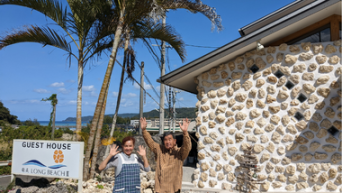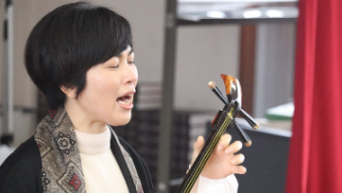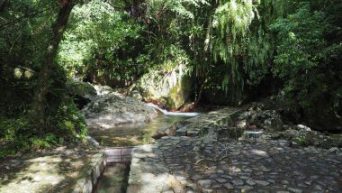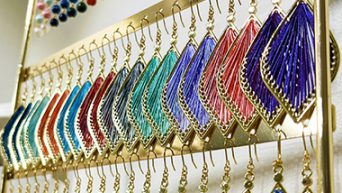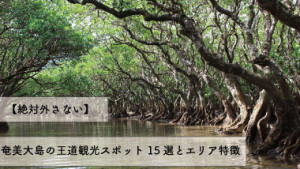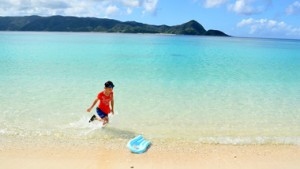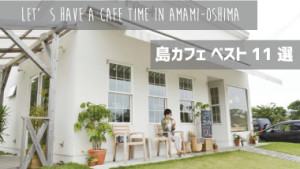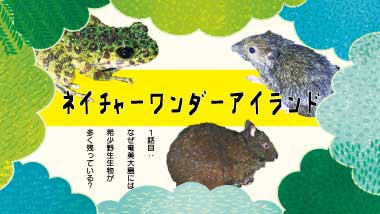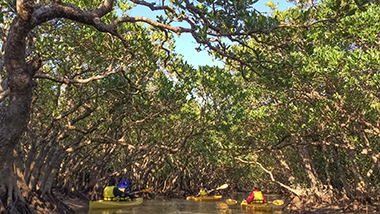Nature Wonder-Island Vol. 2 | What kind of place is the Mangroves?
島コト
2019/01/23
奄美野生生物保護センター
‘Ugamin-shouran’ (Hello). I am Shuusaku Takahashi of the Amami Wildlife Center.
The topic for this article will be one of the representative natural areas of Amami Oshima, the mangroves.
Nature Wonder-Island Vol. 1-Why is there so much rare wildlife remaining on Amami?
The mangroves of Amami Oshima are the 2nd largest in Japan, with an area of over 70,000㎡. In addition, the brackish waters where fresh water and seawater have mixed is the residence of many living creatures, and it is a highly recommended place where you can enjoy the nature of Amami as you observe the picturesque scenery and wildlife!
In order to further illuminate the charms of the mangrove forests, I went to interview Masaki Kato, who is a canoe guide at the ‘Kuroshio no Mori Mangrove Park’ in Sumiyo, Amami City.
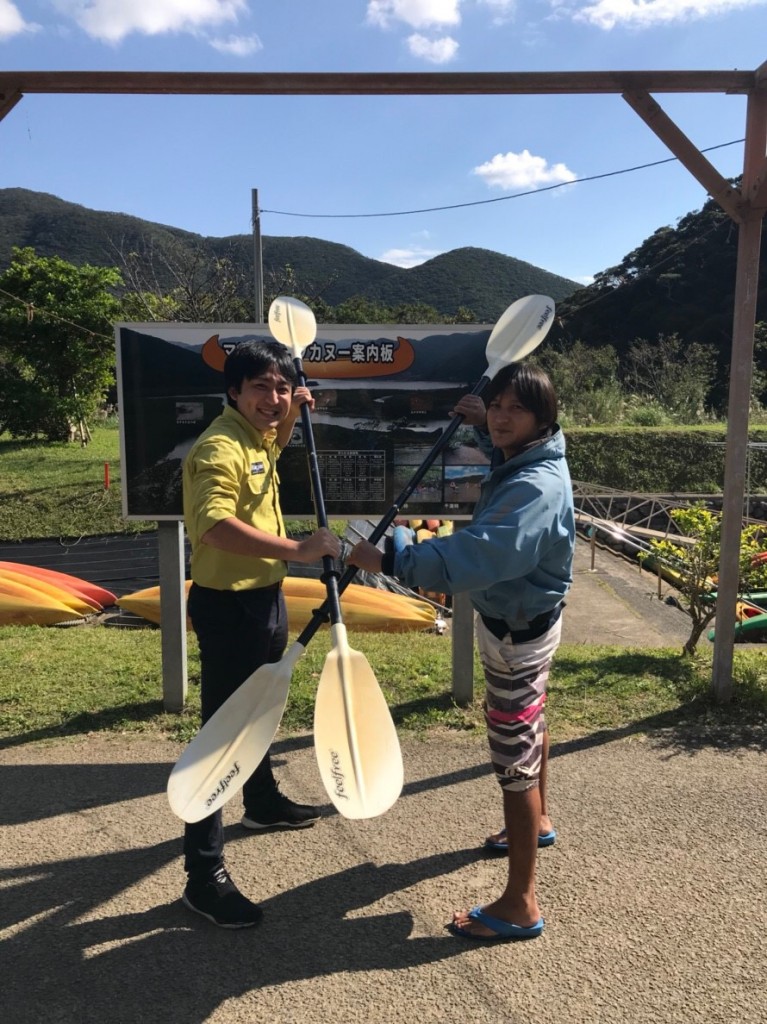
Takahashi (referred to as ‘T’ hereafter): Hello, I am in your care today!
Kato (referred to as ‘K’ hereafter): I am looking forward to it. Although it is sudden, please change your shoes and once you are ready, let’s head out on the canoes!
T: Huh? For the tour we stay in the canoe and go to the mangrove tunnel, so there is no need to change shoes, right?
K: No, we’ll go onto the tidal flats since the course we’ll be taking is the low-tide course. So, we recommend changing shoes to not get muddy. The scenery of the mangroves completely changes depending on the tide. During the spring tide, the tide level changes as much as 2m!
T: I see! So, the course of the canoe tour through the mangroves differs between high-tide and low-tide… I’m excited to see what kind of creatures can been seen during the low-tide course. Let’s get started!
I changed into the plastic sandals they provided and put on a life-jacket. After the lecture about canoeing ended and we finished our preparations, we finally set off into the mangrove forest of Amami Oshima, the 2nd largest mangrove forest in Japan! After rowing for a bit, we spotted and landed on the tidal flat.
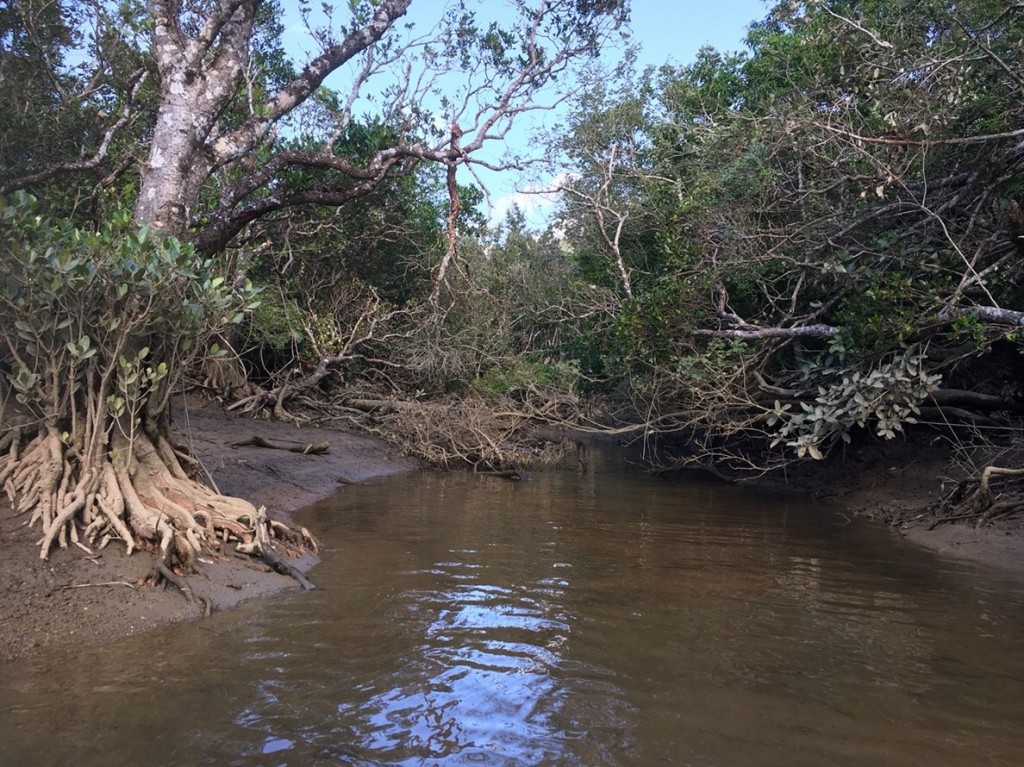
Mangrove Forest (at low-tide)
T: We’ve landed! So, you can see the roots of the plants this much when the tide is low. But it is very curious how they do not wither even though they are submerged in seawater.
K: Mr. Takahashi, you have noticed something good. This is just the point; a mangrove is a plant community that grows in brackish waters where seawater and freshwater mix. The plants that grow on Amami Oshima are only Kandelia obovata (‘mehirugi’) and Bruguiera gymnorhiza (‘ohirugi’) of the Rhizophoraceae family.
First, please have a look at this small rounded leaf.
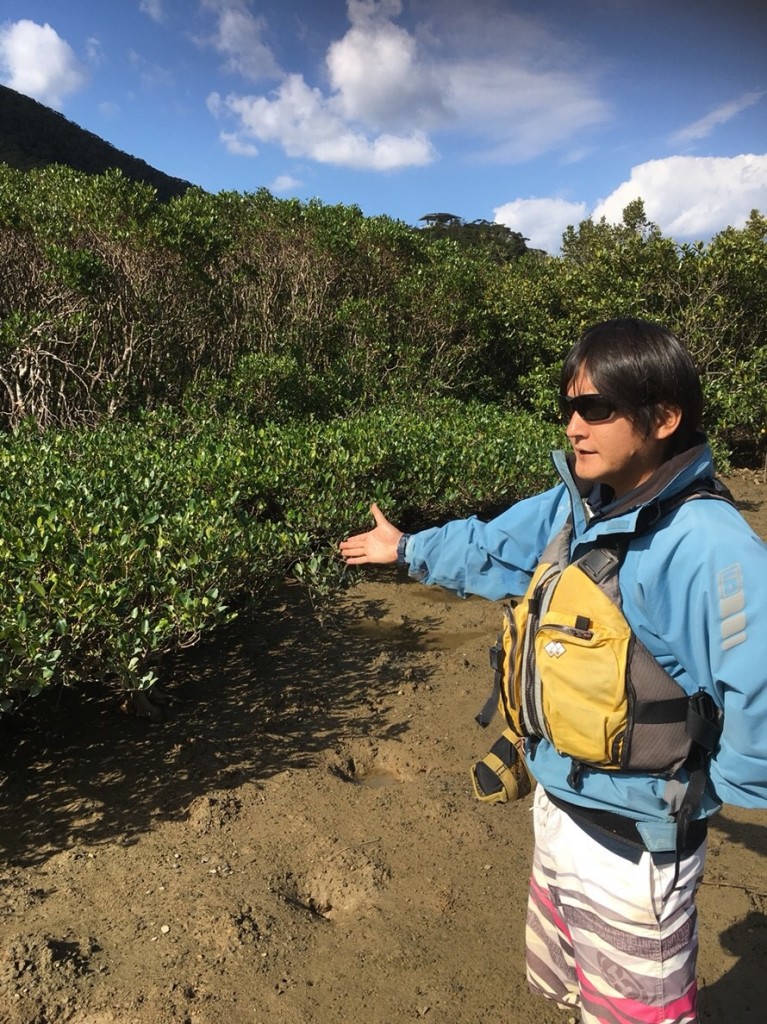
K: This is a ‘mehirugi.’ Its leaves are round and on the small side, and it grows on the shores of mangroves.
This plant has a cork-like tissue in its roots that are called ‘absorbent roots,’ which filters out the seawater to supply fresh water to the body.
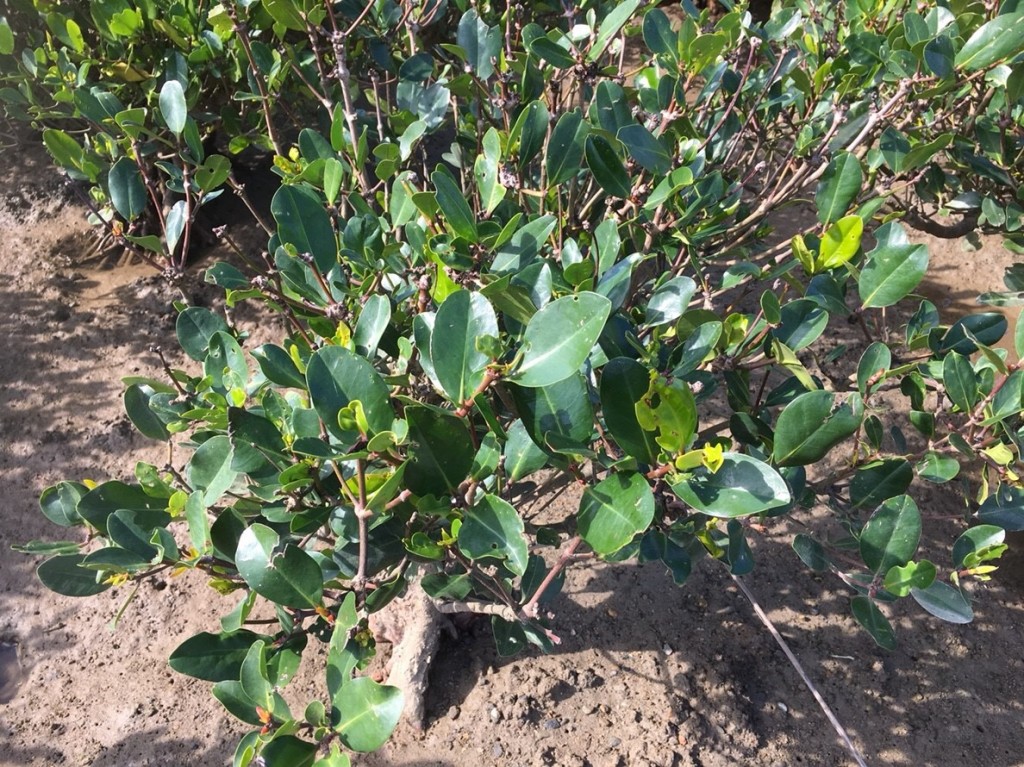
T: I see, looking at the roots more closely I can see that they are shaped like boards. Does that make them “board roots?”
K: Yes, exactly. Now then, please take a look at these sharp, large leaves.
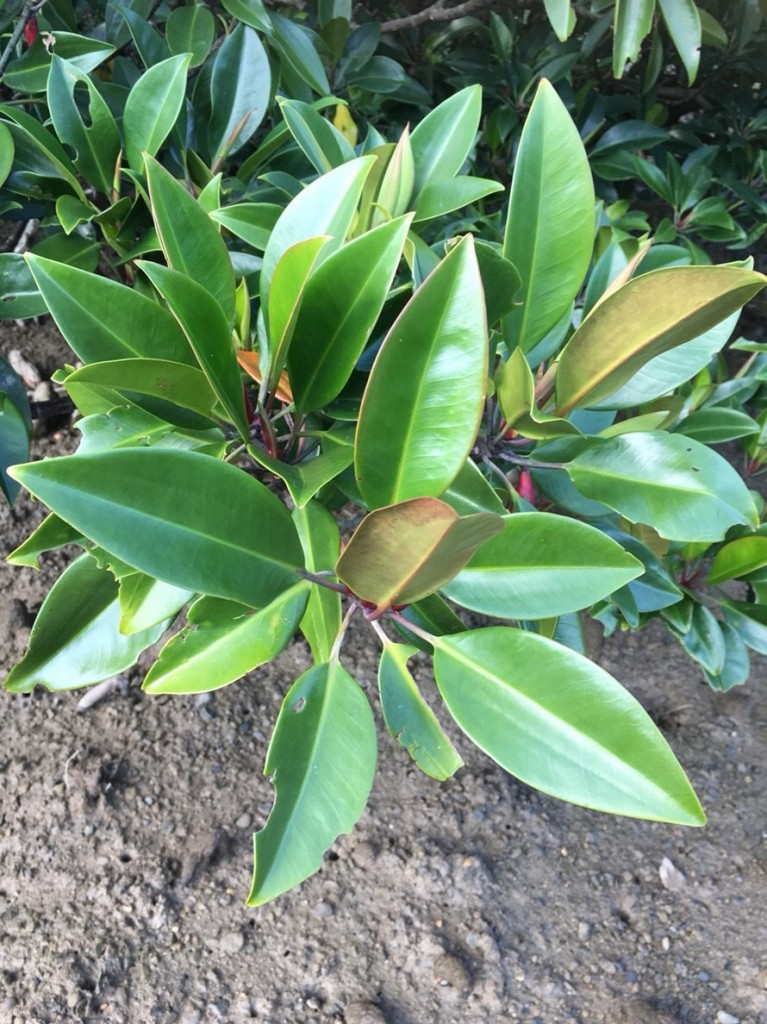
T: These larger leaves are of the ‘ohirugi?’
K: Correct. It is perfect to distinguish them this way. Do you happen to notice anything?
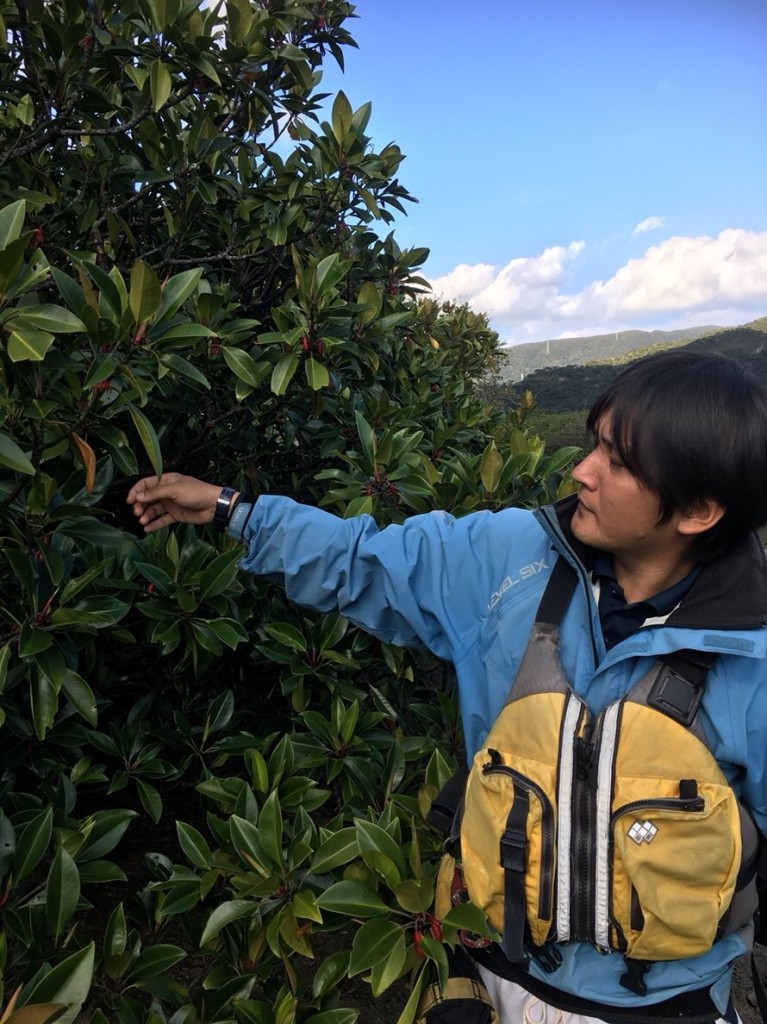
T: It seems like there are… sporadic yellow leaves?
K: As expected of someone from the Wildlife Center. The ‘ohirugi’ plant’s ability to absorb water is weaker compared to the ‘mehirugi,’ so it concentrates all off the salt content into this one leaf so that it can send the water to the rest of the leaves. If you bite one of these leaves it has a bit of a salty taste but… this is part of the Specially Protected Area in the Amami Gunto National Park, so picking off a leaf is regulated, correct?
T: As expected of you, Mr. Kato. Since the mangrove is designated as a Specially Protected Area in a national park, breaking branches, capturing animals and other such acts are regulated. As a general rule, picking these seeds of the Heritiera littoralis tree that resembles Ultraman is prohibited. It is a valuable experience to be able to feel close to you the strategies in place to keep plants living.
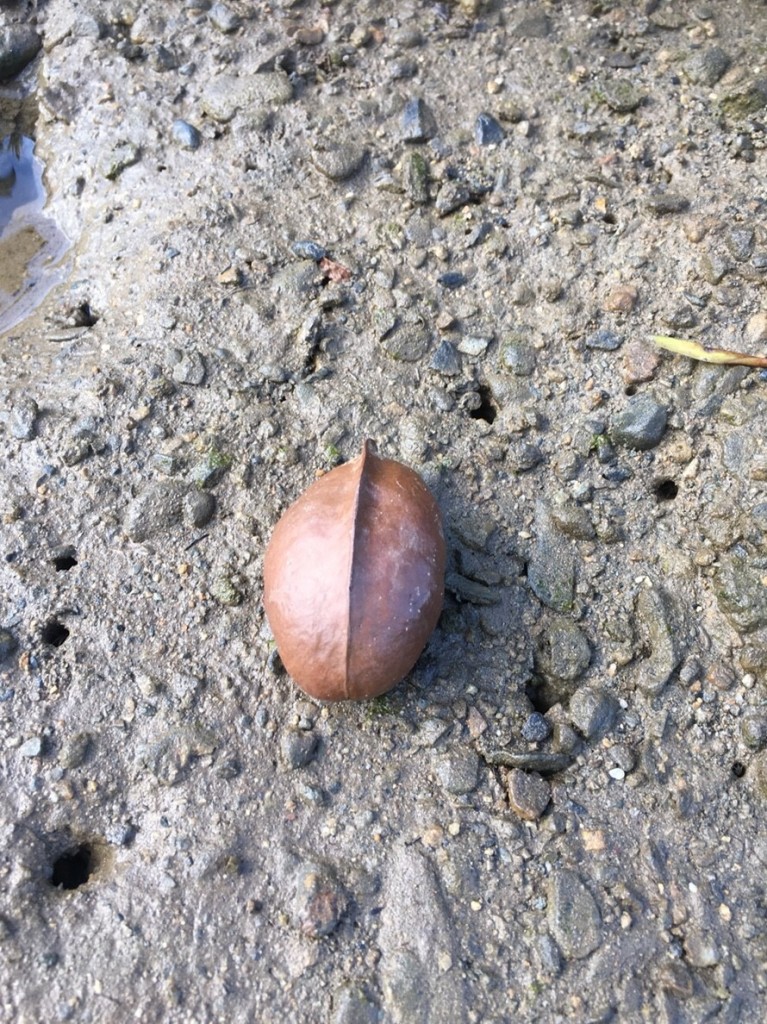
Seed of the Heritiera littoralis tree
K: The mangrove is a very important place to wildlife, and many living creatures use it as a residence. If you look at the ground, the holes scattered about are all crab nesting holes. We haven’t checked every type, but crabs such as the Mictyris brevidactylus crab, the Lemon-clawed fiddler crab, and the Macrophthalmus abbreviates crab all live in the mangroves in great numbers.

The Uca (Celuca) lactea perplexa fiddler crab
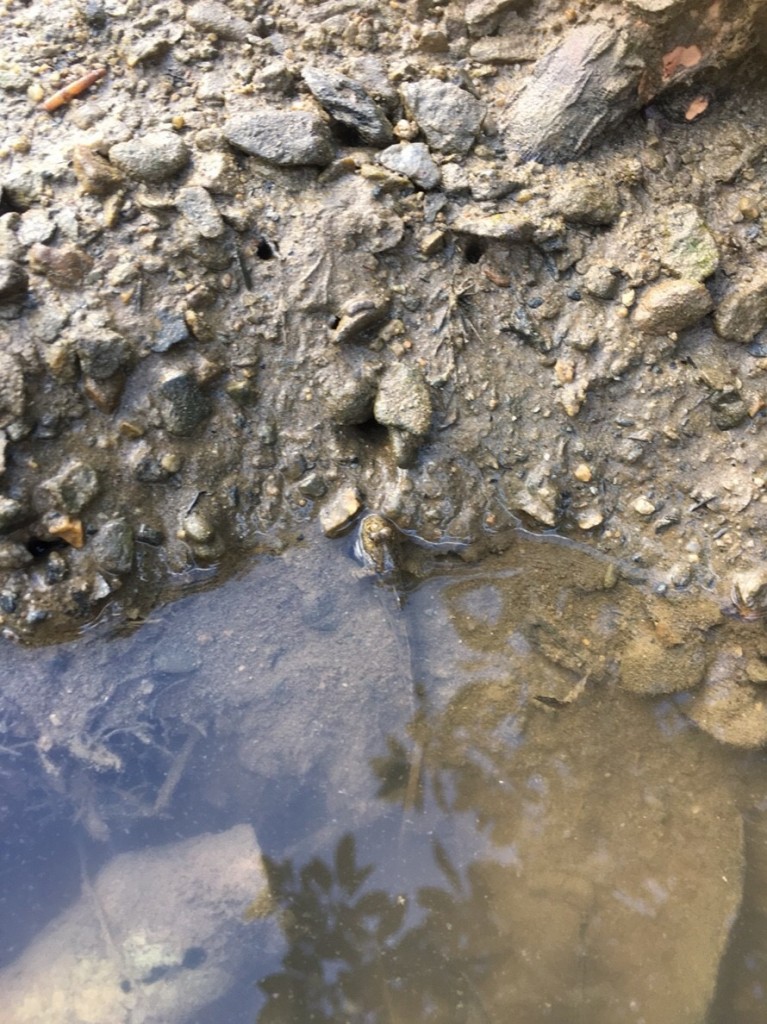
The southern Japanese mudskipper
T: It is cute how they stealthily come out when you stay motionless. While you row the canoe, if you peer at the water’s surface you can see fish swimming, southern Japanese mudskippers hopping about, heron and Sandpipers coming to eat food; it is interesting to observe how wildlife is connected.
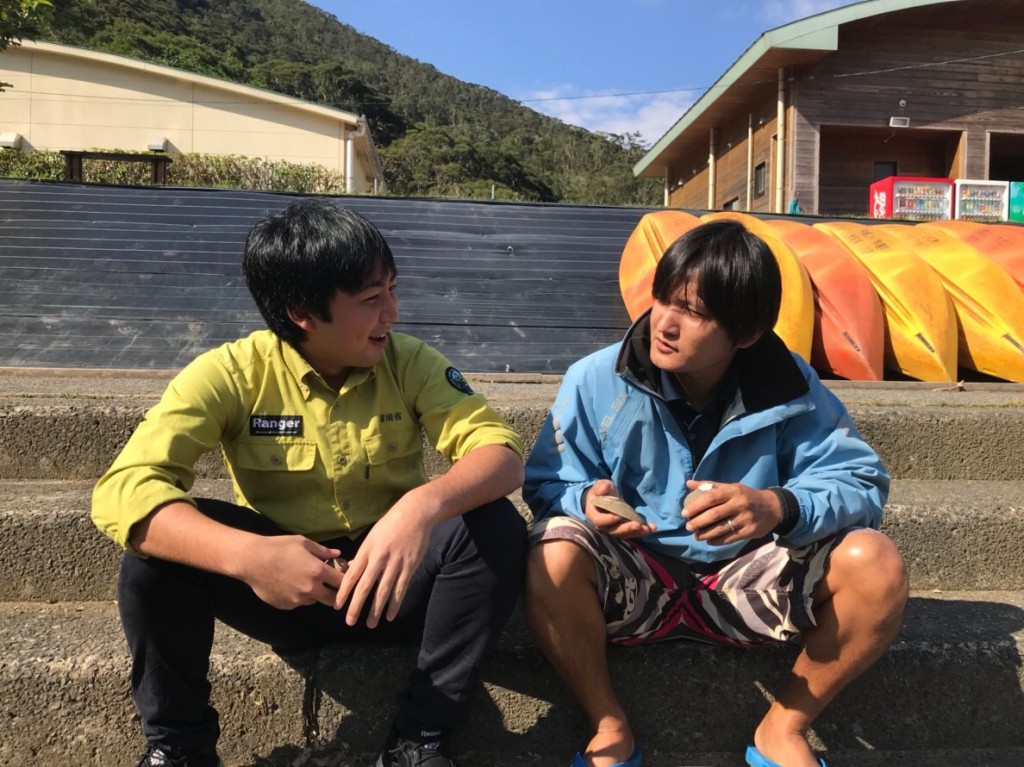
K: As an eco-tour guide and as an islander, what I am conscious of is “to have the tourists who kindly visit us enjoy with their five senses the characteristic natural environment of Amami Oshima that is the mangroves.”
In the limited 1-hour period for the tour, we try to come up with ways to convey day-to-day life and observe the various living creatures. Of course, during the tours we take care to keep an eye out for excessive behavior that destroys the nature.
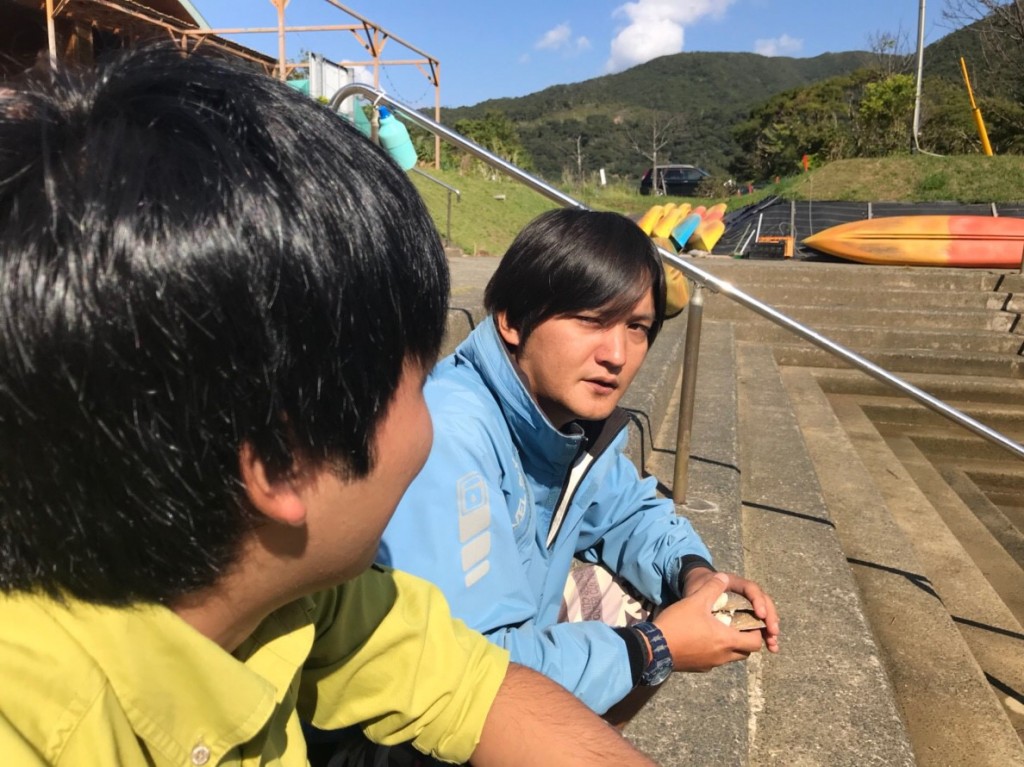
T: Use the 5 senses…?
K: Exactly! “To make full use of the 5 senses and experience nature.” I believe that the charm of the mangrove forest is that it is a spot where you can row the canoe “with your own hands,” view the incredible nature and hear the calls of the wildlife, and use your whole body to feel the nature.
T: I see… I think the mangrove canoe experience is very important as far as programs in which you can explore the nature of Amami Oshima goes. Next time I’d definitely like to experience the mangrove tunnel in the high tide course!
K: You are welcome to come any time. But next time, please check the tide chart.
T: Thank you very much for teaching me various things about the mangroves today.
K: Thank you.
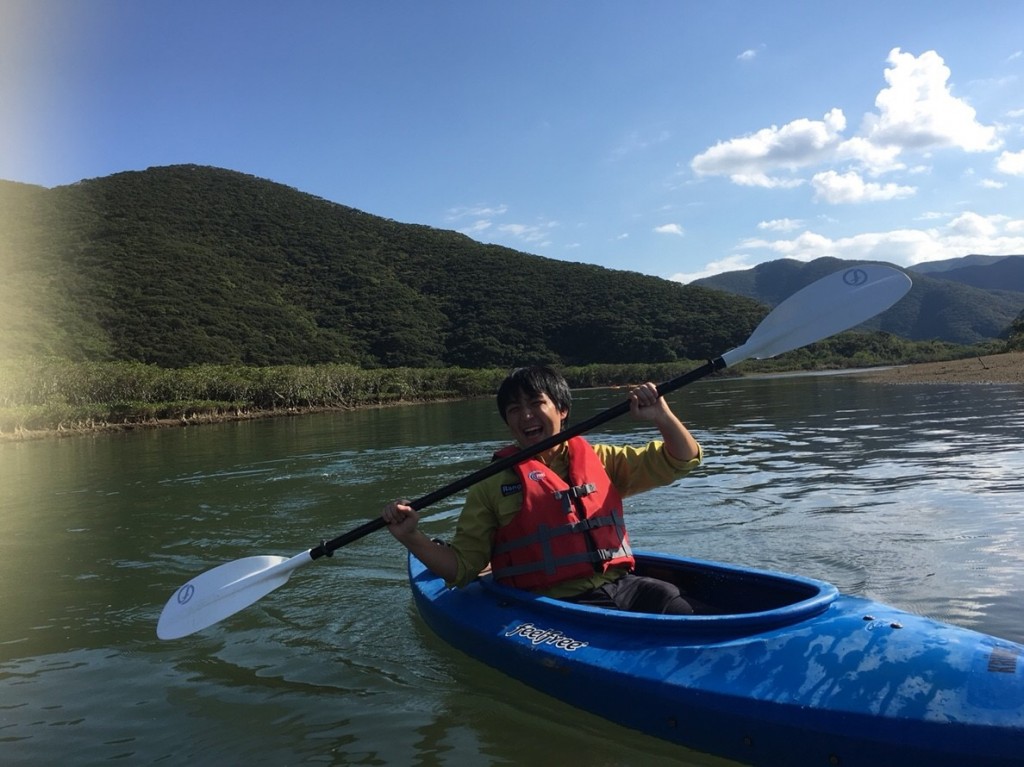
Aside from the creatures introduced today, there are many other plants and animals that live and breed in the mangrove of Amami Oshima. I hope that everyone can experience the mangroves in both the low and high tide courses!
Interview Cooperation: Mangrove Park Canoe Guide Mr. Masaki Kato
この記事を書いたフォトライター
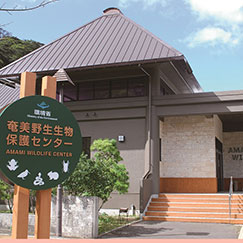
奄美野生生物保護センター
奄美群島の自然や生き物に関する展示を行う環境省の施設。
野生生物の調査、外来種対策、自然観察会を通した普及啓発や世界自然遺産登録に向けた取組などを総合的に行う拠点にもなっている。
開館時間:午前9時30分~午後4時30分
休館日:毎週月曜日(祝日を除く)、年末年始(12月29日~1月3日)
住所:鹿児島県大島郡大和村思勝字腰ノ畑551番地
電話:0997-55-8620
管理協力: 鹿児島県自然保護課、奄美群島12市町村
